What is Goat Farming?
Goat farming involves raising goats (Capra aegagrus hircus) and breeding domestic goats. Goat farming is one branch of animal husbandry targeted to produce milk, meat, skins, and fiber through goat farming. Even with limited resources like a small area of pasture is enough for goat farming, and they can be raised on low-quality grazing land at lower costs. They can sustain in areas with low-quality vegetation and spare resources.
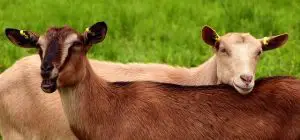

Goat Farming in the USA
Meat goat breeds are the most popular in all the states of America. The main reason for the improvement of goat farming is the economic value. It converts low-quality forages into milk, hides, and meat for specialty markets. The American Goat Federation (AGF) represents around 150,000 goat meat producers around the country. Both individual members and affiliate members of the federation are eligible to participate in research and government surveys. AGF members are benefitted from free entrance to subject-related seminars, free marketing, and other programs, together with support for business activities.
Meat Goat Breeds
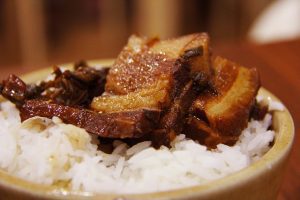

In the early 1990s, African Boer, one of the most popular goats, was introduced into the United States. Most goat farming for meat production occurs in the South East, especially Texas contributes to 38% of entire mutton production in the USA. In comparison, Wisconsin and California are reputed for 22.6% of milk goat breeding. Our previous article on pork (Pork – 5 Things About World’s Mostly Consumed Meat) mentioned that pork was the world’s primarily consumed meat. Mutton or goat meat is consumed by 5% of worldwide meat consumers.
Due to the growing number of different ethnicities settled in the USA, there is a growing popularity and demand for goat meat in the USA. National Agricultural Statistics Service (NASS) revealed that 80% of the total goat production in the states is meat goats. As per the Agricultural Marketing resource Centre (AgMRC) goat farming business is thriving as a result of increasing demand for products created from goats. As male goats are not required for the dairy-goat industry, they are slaughtered for meat production soon after birth. in the United Kingom, there are approximately 30,000 billy goat slaughtes from the dairy industry each year.
Goat Meat Nutrients
Goat meat is a healthier alternative to red meat, as goat meat contains low amounts of cholesterol and saturated fatty acids. Spring lamb meat and young goat meat are said to share similar tastes. This can be why some countries like India, Pakistan, and the Caribbean commonly use the term ‘mutton’ to refer to lamb and goat meat. The mutton taste is also compared to venison or veal, depending on the goat’s condition and age.


How to prepare goat meat
You can follow various methods to prepare goat meat in various ways, including mincing, currying, frying, barbecuing, baking, grilling, stewing, making sausages, and canning. As the fat content of mutton is low, meat tends to toughen at high temperatures due to a lack of additional moisture.
Goat Farming For Milk
Apart from meat production, goat milk is a popular dairy product that generally averages 3.5% butterfat. Dairy goats differ from meat goats in their physical attributes. Dairy goats are taller than other goats and have long legs. The Saanen goat breed is said to be the most profitable dairy goat breed that can produce 3 gallons of milk per day. The unprocessed goat does not need homogenization as it has small, well-emulsified fat globules, similar to unprocessed cow milk. As homogenization changes the structure of milk, it affects the natural ability to coagulate the milk and yield the quality of cheese.


Dairy goats reach the peak of their milk production in the third and fourth lactation cycle (2.7kg – 3.6kg) of daily milk production (2.8 – 3.8l ) during the 10-month lactation and drop production gradually toward the end of the lactation period. The US figures on dairy goats were estimated to be 373,000 in 2017, per the AgMRC overview records. It further reveals that the top states with the highest numbers of dairy goat farming are Iowa, Pennsylvania, Wisconsin, California, and New York, while each and every other state in the country continues dairy goat operations.
| For Milk | For Meat |
| Nigerian dwarf goat | Rangeland |
| Oberhasli | Sirohi |
| Saanen | Kalahari Red |
| LaMancha | Boer |
| Nubian | Black Bengal |
| Alpine | Kiko |
| Spanish |
Goat Milk-Related Products
Goat milk makes several dairy products, including butter, cheese, yogurt, ice cream, cajeta, etc. Goat butter is white since goats produce milk with the yellow beta-carotene that is converted into a colorless form of vitamin A. in France, goat cheese is called as Fromage de chèvre, and there are varieties like Rocamadour and Montrachet.


Goat Fiber
Most goats have desirable fiber for the textile industry as they have longer guard hairs on the surface with soft insulating hairs near the skin. Typically goats are shorn twice a year to gain an average yield of about 4.5 kg.
The guard hairs cannot be effectively used to sale as they are too coarse, challenging to spin, and difficult to dye.
Cashmere Goat and Cashmere Wool
The term Cashmere is derived from Kashmir in India. Cashmere wool is so delicate and soft that it contains commercially valued wool. Once a year, cashmere goat fiber is harvested, amounting to a yield of 260 g (9 oz) of down. In the 18th and 19th centuries, a thriving shawl production industry was using imported goat hair from Tibet and Tartary through Ladakh. As famous showls were produced in Ladakh and upper Kashmir regions, wool was named Cashmere. These shows came to be known to the world once the General in Chief from the French campaign in Egypt sent one of them to Paris, Western Europe.
Another goat breed famously known for fiber production is Angora goats. Their crossbreeds, including nigora and pygora, are selected to produce cashgora and/or mohair on a smaller, easier-to-manage animal. Angora goats produce lustrous locks of mohair which is long and curling. These locks, on average, are 9cms or more.
Advantages of Goat Farming
For two decades, goat farming has emerged as a profitable business due to its increasing demand. As a farmer with limited farmland or pasture, you can easily raise goats under minimum facilities. Depending on faster breeding rates, you will hardly need to buy new animals, saving money. When it comes to goat milk is easily digestible and cholesterol free. Apart from milk, goats produce meta, fiber skin, and manure.
You can read more articles about goat farming, duck farming an all the other types of animal husbandry by visiting out website. So read leisurely and share your views in our comments section below.

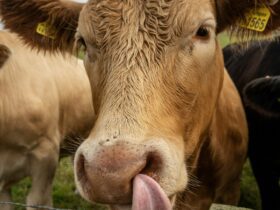
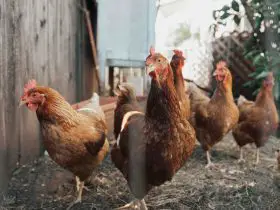
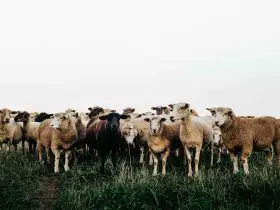
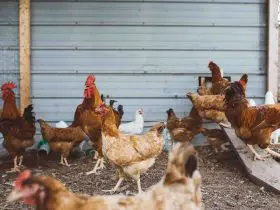

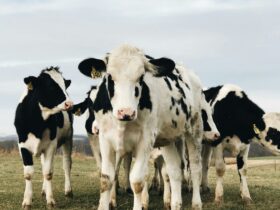
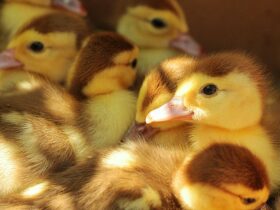
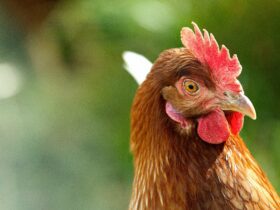



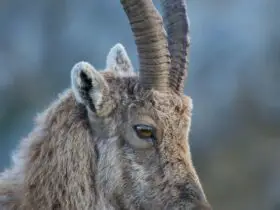

Hello!! Welcome to Anim Farm